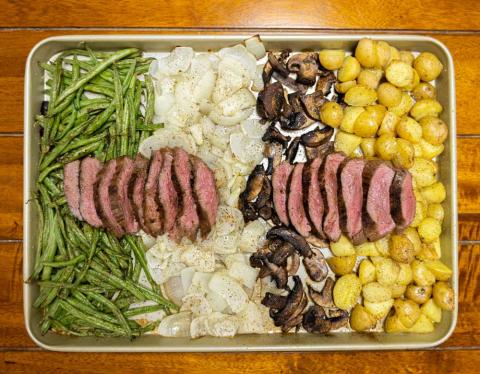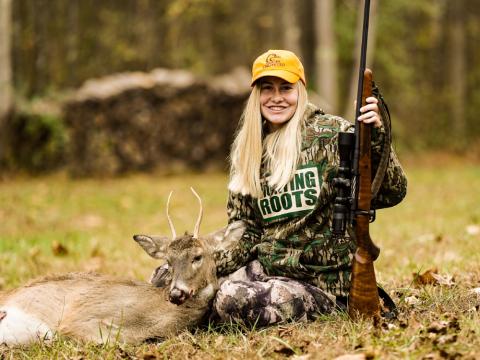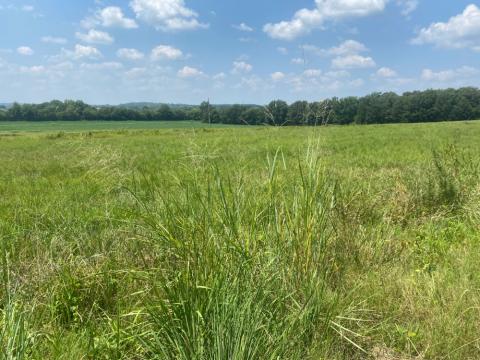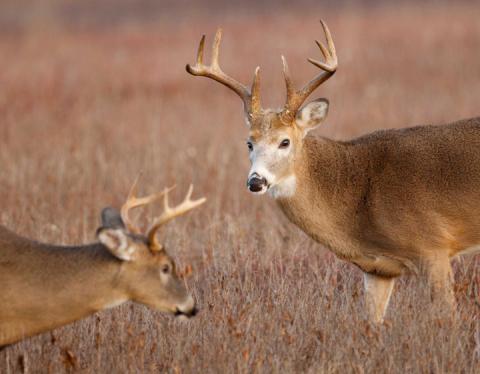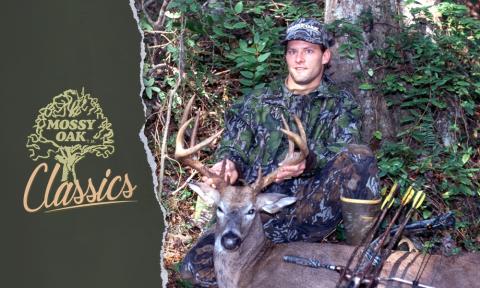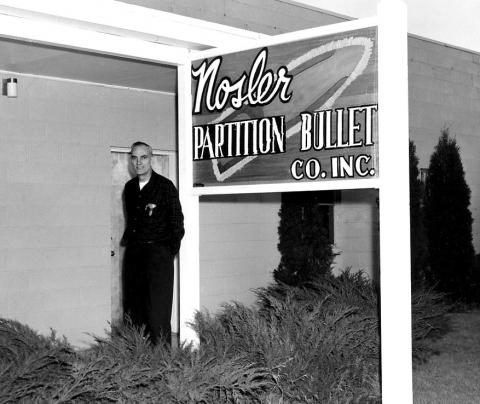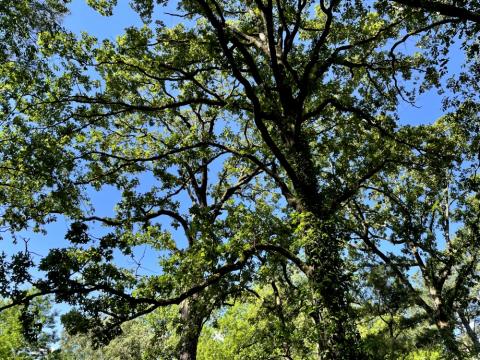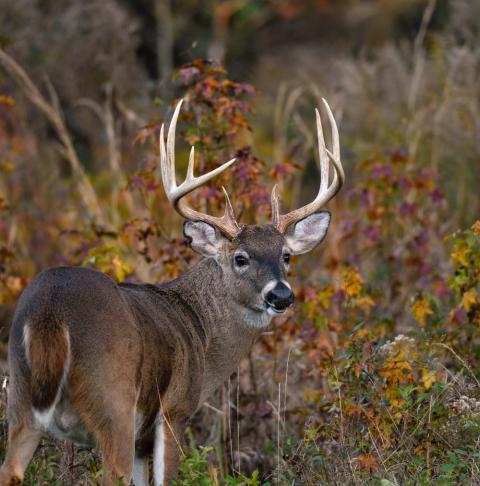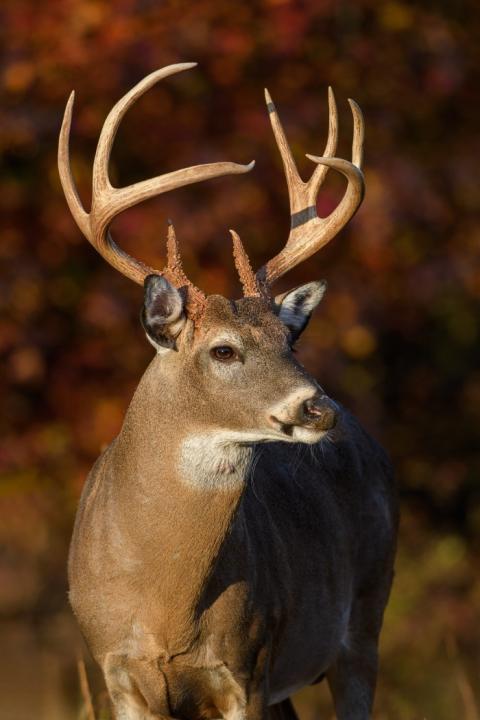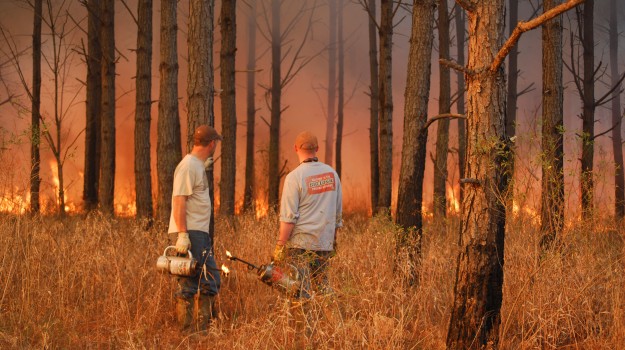
Editor’s Note: Austin Delano works in Research & Development for Mossy Oak BioLogic as well as wildlife and habitat consulting.
Up until today (Days 1-4 this week), we've talked about food plots for turkeys, and we've explained why these food plots can help you attract and hold more wild turkeys on the property where you turkey hunt. However, food plots are just part of what it takes to have more turkeys to hunt. One of the most effective management tools for increasing turkey populations is the trapping and removal of nest predators. Trapping skunks, armadillos, raccoons, possums and coyotes is a very-important tool of wild-turkey management. These nest predators can have a really-big effect on how many turkey poults survive the spring nesting season. So, we highly recommend late winter/early spring trapping specifically for nest predators just prior to when hens begin to nest. You can have a very-positive effect on the growth of the turkey populations on the lands you hunt with this process. Trapping nest predators before turkey season positively can affect the number of poults that survive and the number of adult gobblers that you’ll have on your property to hunt.
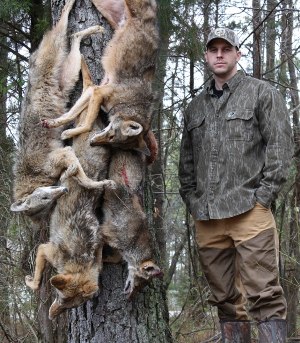 Use Controlled Burns
Use Controlled Burns
We've discussed why to create food plots and produce more food to attract and hold turkeys on your property. We've also discussed how removing nest predators before breeding and nesting season can improve the number of poults that survive during the spring hatch. Another highly effective and low cost tool for quality turkey management is late season, cool-weather burning. Controlled burns reduce the amount of leaf matter, logs, sticks and dead plants that are in the woods prior to turkey season. By getting rid of the ground litter, you open up the forest floor and encourage native plants that have had seeds that are dormant in the seed bank to germinate. These small tender plants and clean ground are very attractive to turkey. Fire removes a lot of bushes and dead plants too that often make the woods too thick and unproductive. Prescribed burns in recent cutover can encourage the growth of native grasses and early successional plants that are relished by turkey. These burns also help to create good nesting and brood habitat.
The tips for better turkey management include:
- Soil testing and weed control to manage great perennial food plots
- Utilize heavy seed producing crops like WhistleBack and Turkey Gold Chufa
- Plant different varieties of clover like Mossy Oak BioLogic’s Non-Typical Clover and Clover Plus to produce more food for turkeys and provide places for to strut and bug
- Begin an intensive nest predator trapping program just prior to turkey season to remove the predators that feed on nests and young poults
- Use controlled burns to improve the nesting and brood habitat, and produce more food for turkeys with the native grasses and plants.
There is no magic bullet that can increase the number of turkeys you have on your property. However, this series of actions suggested here can and will increase the number of turkeys on your property and attract turkeys from neighboring properties.
To learn more about turkey management, go to www.plantbiologic.com.
Day 4: Learn about Why to Plant BioLogic’s Clover Plus for Turkeys
















